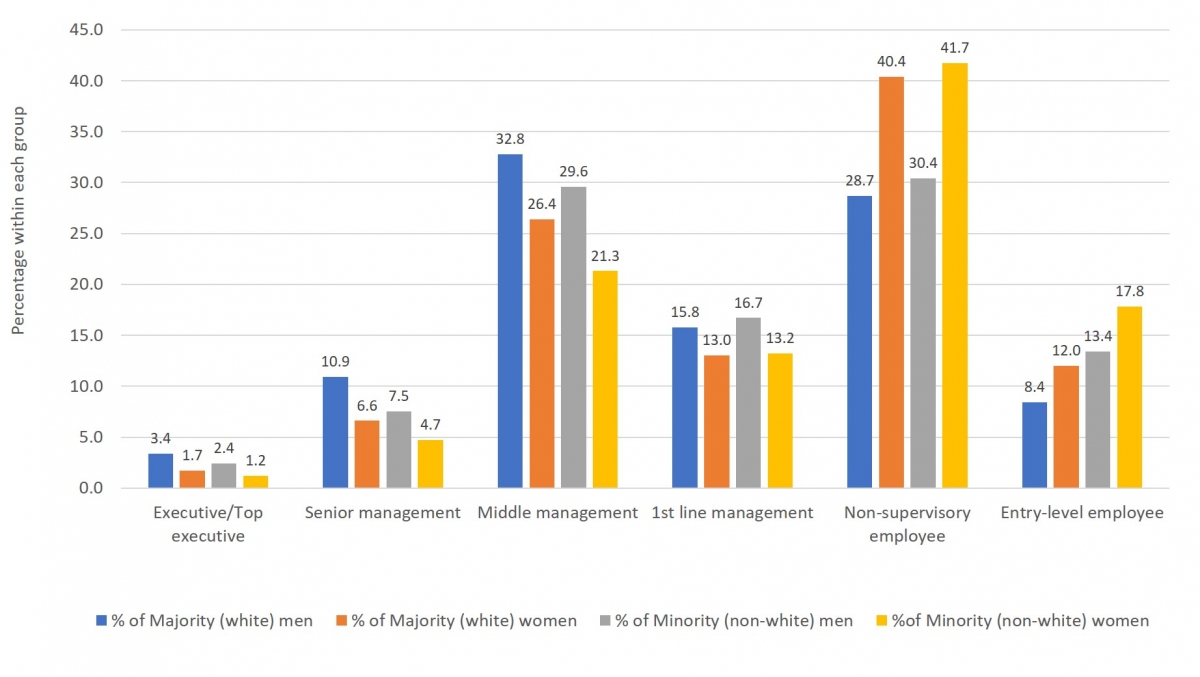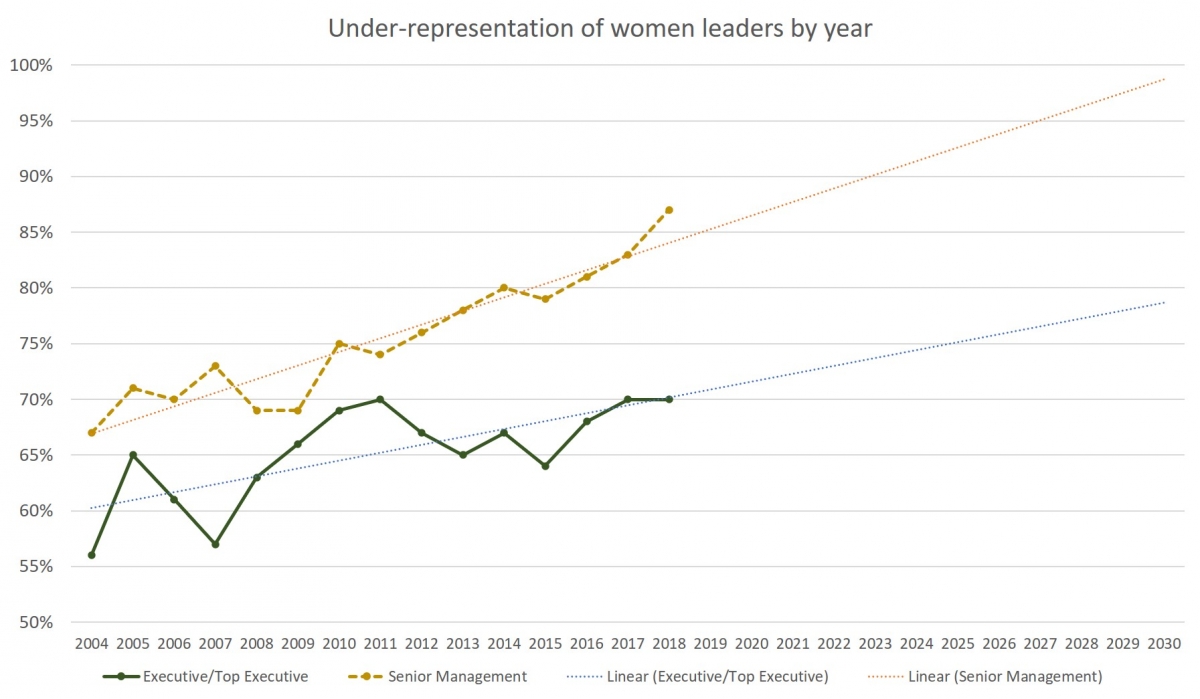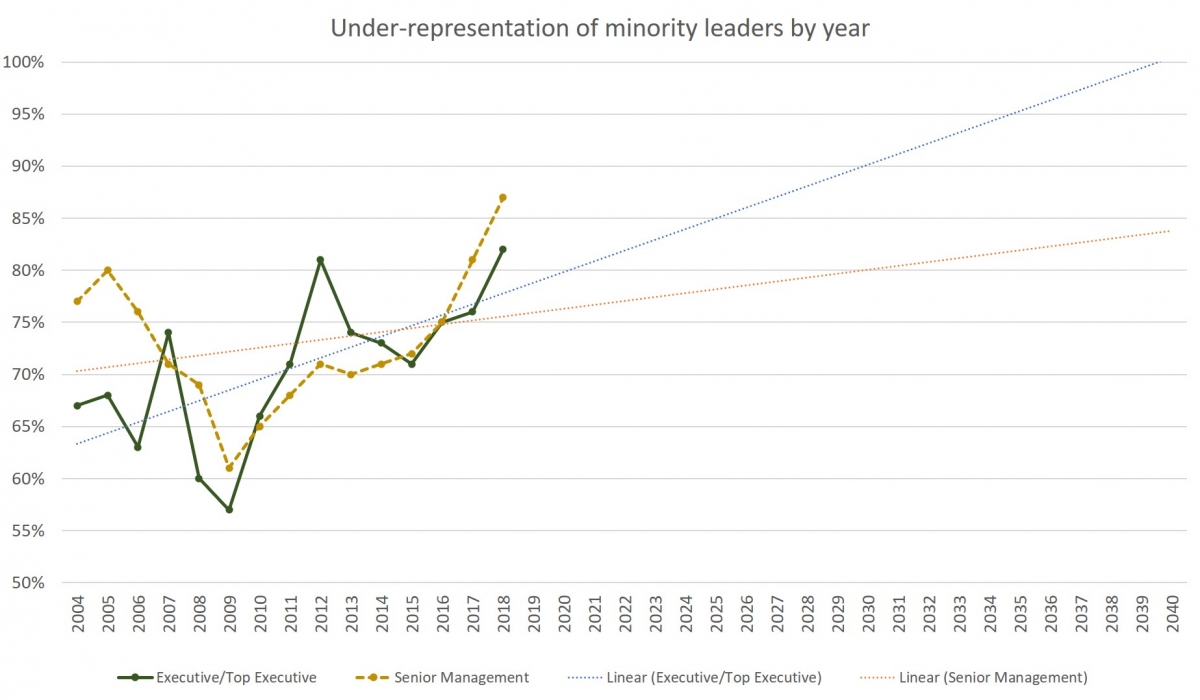Here’s some good news: There are more women, and more minority ethnic people, on the boards of U.S. companies than ever before. However, there is bad news, as well. These groups are still under-represented. Just over a quarter of directors are women and just over 10 percent are non-white (compared with approximately 50 percent and 40 percent, respectively, in the population, according to the U.S. Census Bureau). At the start of 2020, there were more CEOs of S&P100 companies named John than there were women CEOs, and there were more directors named John, Robert, William, or James than all the women directors of these companies.
Direct prejudice no doubt plays a part, but so do other factors, including personality. For example, women are more likely than men to have an interpersonally focused, values-driven decision-making style. At board level this can be very useful—companies with female board members typically perform better—but individuals, especially women, who display these characteristics can be side-lined. And, of course, people are not just male or female, or only a member of a majority or minority group, in isolation. Research has shown, for example, that white women leaders and minority ethnic women leaders often define leadership in different ways and have differing views on barriers to leadership.
The Data Shows Women Under-Represented at All Management Levels
Nearly 1.8 million people have taken the online U.S. English version of the Myers-Briggs Type Indicator (MBTI) questionnaire since 2004 (full disclosure: My organization publishes this assessment). Some 52 percent were female and 29 percent self-identified as belonging to a minority ethnic group, with “Latino, Latina, or Hispanic” the most frequent individual choice (7 percent). Every job level up to and including CEO was represented in the data, giving us a unique opportunity to see how personality differences may have contributed to the under-representation of female and minority individuals, and how this has changed over time.
The data showed women being under-represented at all management levels and over-represented in non-management jobs. As predicted, female and minority ethnic individuals were under-represented at senior levels. For example, 13 percent of men reached executive or senior management level but less than 8 percent of women; 11 percent of the majority (white) group reached these levels but less than 8 percent of the minority (non-white) group. Among minority groups, those identifying as “Latino, Latina, or Hispanic” and as “Asian” were especially under-represented.
Minority ethnic women were particularly affected. Just over 14 percent of majority men reached executive or senior management level, but less than 6 percent of minority women.

It Will Be Some Time Before Equal Representation Is Achieved
Though the proportion of women at senior levels increased from 2004 to 2018, they were still under-represented in 2018. In the chart below, the percentages show the degree to which women at the two highest levels were under-represented each year. For example, in 2004 only just over half (56 percent) the number of women that would be expected by chance reached executive level.

If the trends depicted in the above chart continue, women might be fairly represented among senior managers by the early 2030s, and at the executive level by 2070—50 years from now. However, that is almost certainly too optimistic. As the proportion of women approaches 100 percent of what it should be, there undoubtedly will be a levelling off. It is highly likely that women will not achieve fair representation at the executive level in this century.
Across the same time period, there is no such consistent trend for minority leaders, but rather a downward trend to 2009 and an upward trend thereafter.

It seems then that women and minority ethnic individuals are under-represented at senior levels, and that unless things change, this is likely to continue for some time to come. So what can be changed? Part of the answer may involve personality, and what organizations value.
How Understanding of Personality Can Open New Opportunities
One dimension of the MBTI assessment—Thinking-Feeling—looks at the way in which we prefer to make decisions. People with a Thinking preference prefer to make decisions based on objective logic, while those with a Feeling preference prefer to make decisions based on their values, and on how the decision will affect other people. Managers were more likely to have a Thinking preference than non-managers, and men more likely to have a Thinking preference than women. Men were slightly more likely to have a Thinking preference if they were at a higher level. The same was found for women, but to a much larger extent. This suggests that for a woman, it may be more difficult to be promoted if you have a values-based, people-focused approach to decision-making, but for a man it does not matter so much.
Another aspect of the MBTI framework—Sensing-Intuition—looks at the way in which we prefer to take in information. People with a Sensing preference prefer to pay attention to solid, practical information based on the here and now, the evidence of their five senses, and their past experience. People with an Intuitive preference prefer to pay attention to future possibilities and how things connect. Senior staff were more likely to have an Intuitive preference than more junior staff, and majority (white) individuals were more likely to have an Intuitive preference than minority (non-white) staff, suggesting that personality may play a part in the way in which minorities are disadvantaged.
While this is bad news for women and minorities, it is bad news for organizations, too. Not paying attention to Sensing at senior levels can mean decisions are not based on firm data and past experience. To make a balanced decision, you need to use both the Thinking and Feeling modes. If you don’t consider how decisions will affect the people in your organization, you may have trouble retaining them—the same applies to your customers. Teams and organizations that are more diverse make better decisions.
While the under-representation of women and minority groups at senior levels is well-known, the interaction with personality, and how it may adversely affect organizational performance, will be news to many. Training, Learning and Development (L&D), and HR specialists have a unique opportunity to promote awareness of these issues within the organizations they work, helping to reduce barriers to advancement. On an individual basis, we can help managers and others to see that, for example, including a consideration of people and values in their decisions could be a useful and valid thing to do; a similar approach can be used to help teams see the importance of this approach. Moving up within the organization can be difficult, but not impossible, especially if there is ongoing support. Perhaps by appealing to organizations’ self-interest, we can promote diversity.
John Hackston, head of Thought Leadership at The Myers-Briggs Company, is a chartered psychologist with more than 30 years’ experience in helping clients to use psychometric tests and questionnaires in a wide range of contexts, including selection, leadership development, performance management, and teambuilding.




